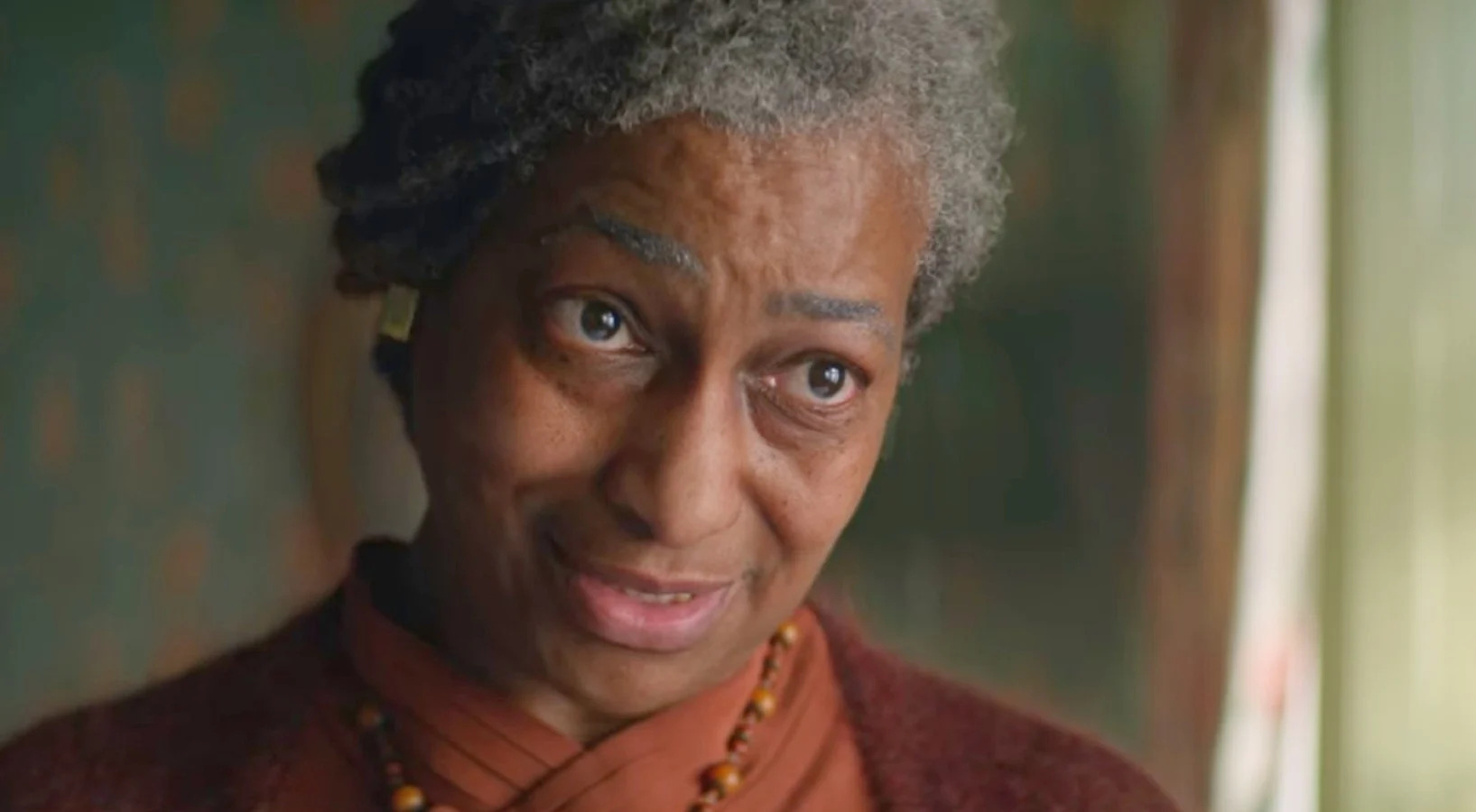Wait, the Sleepy Sickness From ‘The Sandman’ was Real!?

In Neil Gaiman’s The Sandman, Morpheus, the Lord of the Dreaming, is imprisoned in 1916 by a magician hoping to bring his son back from the dead. While Morpheus is held prisoner and prevented from tending to the dreams of living things, a strange illness sweeps across the world: the Sleepy Sickness. In the Netflix series, people struck with the Sleepy Sickness simply fall asleep and don’t wake up. In the original comics, they suffer a variety of symptoms, including wakefulness and psychosis. But while The Sandman is a fantasy, the Sleepy Sickness was an actual historical event. Mark Summer describes it in this Twitter thread:
Encephalitis lethargica raged in the early 20th century, around the same time as the Spanish flu. People who contracted the Sleepy Sickness suffered a variety of symptoms. According to accounts by doctors and researchers from the time, the disease typically started with flulike symptoms like a sore throat and fever. It would then progress to either extreme sleepiness or extreme wakefulness, along with muscle spasms and paralysis. Around 5 million people came down with the Sleepy Sickness, and it’s believed to have killed around 1.6 million of them.
After the illness ran its course, many survivors were left with debilitating paralysis or catatonia. Neurologist Oliver Sacks, who spent his career studying mysterious neurological conditions, described the aftereffects of Sleepy Sickness in his 1973 book Awakenings:
[Survivors] would be conscious and aware—yet not fully awake; they would sit motionless and speechless all day in their chairs, totally lacking energy, impetus, initiative, motive, appetite, affect, or desire; they registered what went on about them without active attention, and with profound indifference.
When the Sleepy Sickness epidemic was at its height, researchers thought that it might be an aftereffect of the Spanish flu. However, later evidence suggested that it was caused by a separate virus that attacked the brain. It’s also thought that exposure to the Spanish flu lowered people’s resistance to the Sleepy Sickness virus and allowed it to thrive.
Maybe we could learn a lesson from the Sleepy Sickness
As Summer points out in his thread, the aftereffects, or sequelae, of the Spanish flu and Sleepy Sickness parallel the long Covid symptoms that many Covid survivors have been left with.
Illnesses might be mysterious in their origins, but their effects on us are very real. The Covid pandemic is still going strong, and we have no idea what long term effects we might see in the future. It’s too late to help the 20th century victims of the Sleepy Sickness, but we can still save lives from Covid today. Get vaxxed, mask up when necessary, and stay safe.
(image: Netflix)
Have a tip we should know? tips@themarysue.com